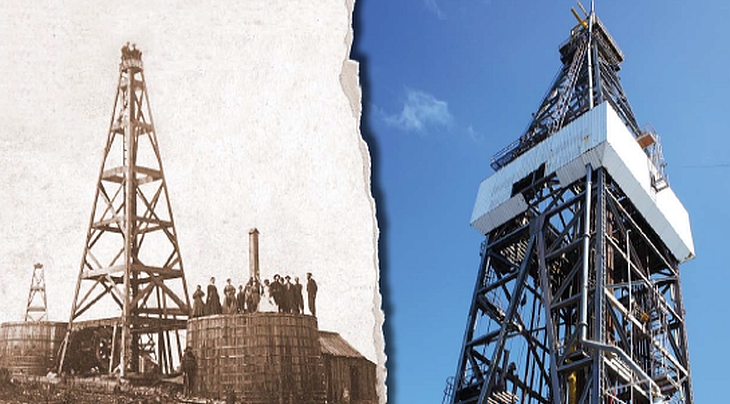Almost 70% of the gas transportation system must be modernized and about 40% of the gas distribution infrastructure must be renewed, says Radu Dudău, director of Energy Policy Group (EPG).
“The most precarious situation is the subsector of heat generation and transport, extremely inefficient, hence the need for asset replacement is 80% by 2020. Investments in new projects in the Black Sea hydrocarbon development, the redevelopment of the mature fields and the exploitation of the “border areas” of the onshore perimeters, requires a proper infrastructure”, said Dudău, quoted by Bursa.
According to a World Bank estimate, the investment demand by 2020 is 30-35 billion euros, equivalent to 2.5% of the annual GDP of 2013.
“The public sector cannot mobilize such amounts, thus the Government should develop an attractive and stable regulatory and tax environment as well as forms of association of private investors in the projects of the state companies”, said Radu Dudău.
He says that Romania’s strategic positioning and regional gas market development should be based on the construction of a pipeline on national territory, which will interconnect with the Southern Gas Corridor and the one in the North-South, which will cross Central Europe from the Baltic Sea to the Adriatic Sea.
Prioritizing the connection variants will, according to the EPG Director, rely on a strategic, economic and financial calculation. “However, the existing approaches enter Romania in the vertical corridor Greece – Bulgaria – Romania – Central Europe, agreed at inter-governmental level and decisive for the development of South-East European natural gas market,” says Dudău.
Energy Policy Group recently released the report The oil and gas industry in Romania, a document developed for the Oil and Gas Employers Federation.
The analysis is divided into eight chapters:
1. The petroleum industry revival
2. History of oil and gas in Romania
3. The current situation of the oil and gas industry
4. Black Sea offshore and the unconventional gas
5. The oil and gas sector in the national economy
6. Education and research into the oil and gas sector
7. Oil Industry of the Prahova County
8. Conclusions
The main idea of the study is that the oil and gas industry has been and is an intrinsic part of the economic and social development of modern Romania. It is a sector that has attracted extensive investment and contributed directly to the development of the Romanian society, especially in regions where mining activities were more intense. In this respect, the example developed is Prahova county, where the oil and gas industry currently plays a key role.
“Oil and gas industry was a pioneering field, where the Romanian scientists and engineers contributed with many discoveries, inventions, innovations and techniques in geology and geophysics, in mining and refining technologies”, says Radu Dudău.
The study can be downloaded from the website Energy Policy Group.

